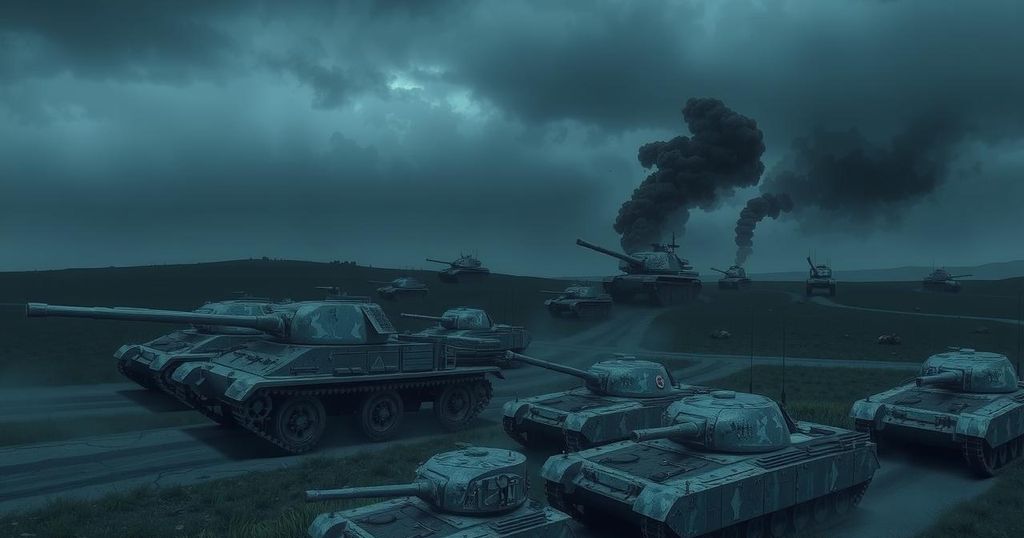NATO Enhances Strategies Against Rising Russia-North Korea Military Collaboration

NATO is adapting its defense strategy in response to the growing military collaboration between Russia and North Korea, highlighted by North Korea sending more troops and military supplies to aid Russian efforts. The U.S. and South Korea are enhancing their military tactics to counter North Korean warfare strategies. NATO is also incorporating lessons learned from Ukraine to prepare for future threats, signaling a strong response to the evolving geopolitical landscape.
NATO is enhancing its defense posture in response to growing military collaboration between Russia and North Korea. Recently, North Korea deployed 3,000 additional troops to support Russian front lines, while also providing significant military aid to compensate for Russia’s defense industry shortcomings. Despite this, reports indicate that North Korea has already incurred considerable losses, with over 4,000 troops lost from an initial deployment of 12,000.
Ukrainian intelligence continues to identify and target North Korean military assets. Recent operations have successfully destroyed Koksan self-propelled guns using HIMARS strikes and drone attacks. The presence of such artillery systems on the frontlines underscores Russia’s reliance on North Korean military equipment amidst ongoing challenges. Furthermore, key Russian officials, including Sergei Shoigu, are fostering deeper ties with North Korea, hinting at potential troop and resource transfers.
This expanding collaboration is prompting strategic responses from Western nations. The United States has stepped up its military cooperation with South Korea to develop updated tactics against North Korean strategies, particularly countering war tunnels—an element crucial to North Korean military doctrine. Joint exercises have been launched, employing tactics such as drone reconnaissance and ground assaults on tunnel entrances, aimed at dismantling this significant threat.
NATO is also taking lessons from the Ukraine conflict to prepare for future challenges posed by Russia and North Korea. The establishment of the Joint Analysis Training and Education Centre in Poland facilitates collaboration between NATO and Ukrainian forces to study current combat techniques and enhance defense planning. Incorporating these findings into NATO doctrine is a priority, ensuring the alliance is equipped to address emerging threats.
While North Korea’s military support offers some respite for Russia, it also exposes vulnerabilities in the Russian defense sector, highlighting an increasing dependence on external alliances. NATO’s proactive measures and the U.S. partnership with South Korea signify a robust reply to the evolving security landscape. As North Korea weighs the benefits of closer ties with Russia, it must consider the amplified scrutiny and countermeasures from Western allies. Both NATO and the U.S. are poised to apply lessons learned in Ukraine to bolster defenses against these dual threats effectively.
In collaboration with Reporting from Ukraine, our frontline reports aim to keep you informed on developments in the Russo-Ukrainian war. The complexity of the relationship between Russia and North Korea signals a critical juncture in global military dynamics, warranting close attention from strategic observers.
NATO is actively enhancing its defensive capabilities in light of the escalating military partnership between Russia and North Korea. The U.S. and South Korea are working on joint tactics to counter North Korean strategies, particularly war tunnels. Furthermore, NATO is integrating insights from the Ukraine conflict to strengthen its defense doctrine against future threats. While North Korea’s military support may temporarily assist Russia, the collaboration exposes significant weaknesses in Russian military capacities and invites increased Western scrutiny.
Original Source: euromaidanpress.com







